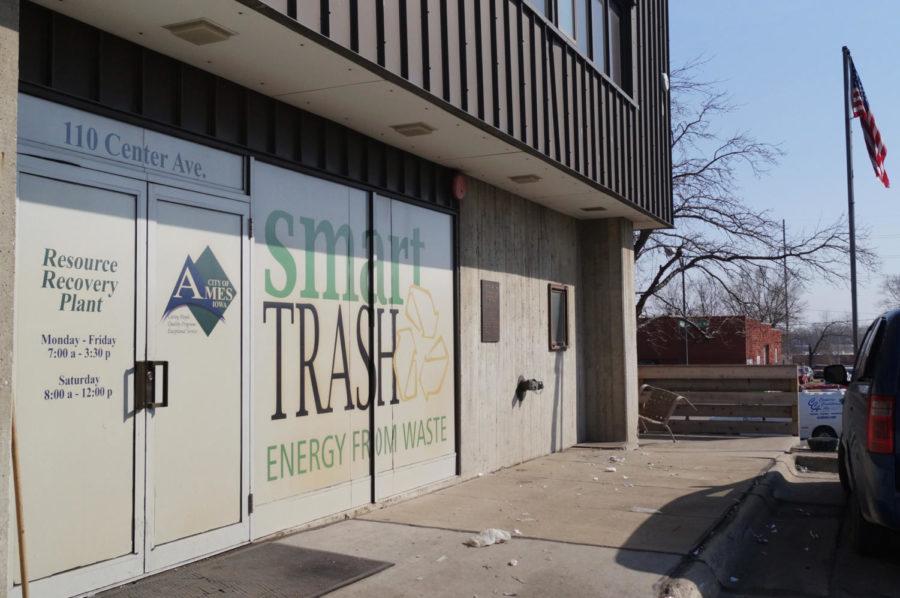- News
- News / Politics And Administration
- News / Politics And Administration / Campus
- News / Politics And Administration / City
- News / Student Life
Story County solid waste directed to landfills due to power plant complications
Photo: Jessica Langr/Iowa State Daily
The Ames Resource Recovery Plant began operation in 1975 after landfill constraints made the city of Ames look for an alternative and cutting-edge technology to keep the city sustainable. After 44 years, the Recovery Plant still brings the city of Ames much of its energy every day.
November 5, 2019
All of Ames’ solid waste will be going to the landfill due to power plant boiler tube failures.
Since August 1975, the Resource Recovery Plant has recycled metals, processed garbage, added glass recycling and used waste as fuel for the power plant to generate electricity. The fuel is the burnable garbage sent to the power plant and co-fired with natural gas.
Due to the scheduled repair discussed by the Ames City Council in September and unscheduled maintenance issue with the boilers at the power plant, there has been a disruption in the garbage collection and processing system in Story County, according to a press release from the city of Ames.
The power plant is anticipated to have one of the two boilers and its waste-to-energy system operational by Dec. 9. Existing boiler tubes at the power plant will be replaced with specially coated tubes to alleviate ongoing maintenance issues and allow the power plant to resume electric production, according to the press release.
“Repairs being made to the Ames Power Plant are a long-term investment in the future of local energy production,” said Donald Kom, director of Ames electric services, in the press release. “At the same time, we are continuing to explore cutting-edge ideas to use [waste] as a fuel to provide electricity to our customers.”
In the meantime, the city said in the press release residents are asked to use glass recycling bins, to consider composting and to decrease the amount of garbage they generate during the coming weeks. Decreasing garbage produced while the Ames Power Plant is undergoing maintenance will reduce the amount of municipal solid waste diverted to local landfills.
“We recommend the Environmental Protection Agency’s waste hierarchy for citizens to keep in mind when considering how to handle their waste. The guideline begins with source reduction and reuse followed by recycling and composting,” said Bill Schmitt, resource recovery superintendent, in a press release. “Next is energy recovery, like we accomplish through our waste-to-energy system, and the last option is disposal at a landfill.”
Merry Rankin, Iowa State director of the Office of Sustainability, said ways to reduce waste is by using reusable products such as water bottles and utensils and defining the difference between a “want” and a “need.” An example of this is thinking through purchases at a grocery store.
“Being really cognizant in that way — can we reuse, no matter the incredible deal, can we really reuse what it is that we’re considering purchasing and do we need to have it?” Rankin said.
In a previous article about reducing waste, Rankin said bringing a grocery list can help community members from over-buying products. According to the United States Environmental Protection Agency, 94 percent of waste is thrown away into landfills.
“If you buy some enormous package of something, if it’s food, it can go bad and you’ve wasted all that money,” Rankin said in the article. “So the sale is not a good investment at all because you’ve wasted all that money.”
Reusing glass containers such as pickle or jelly jars, recycling them in grocery stores or composting fall vegetables used for décor such as pumpkins — which can be dropped into bins outside the Resource Recovery Plant — are other ways to reduce waste.







